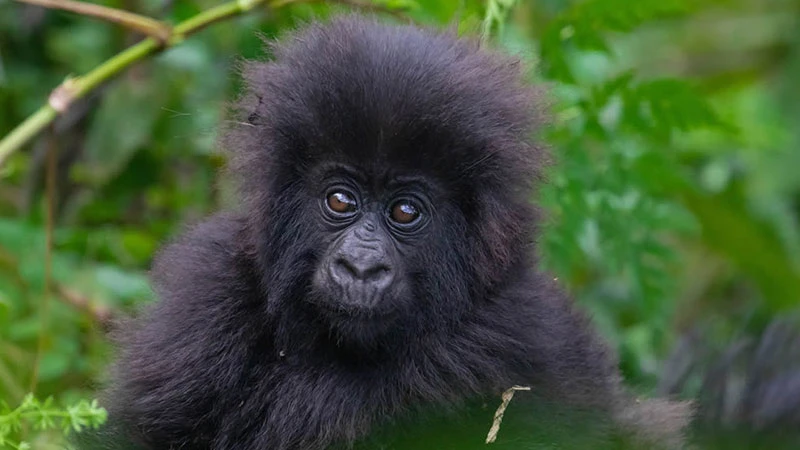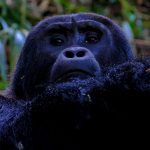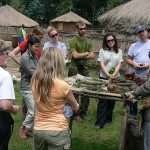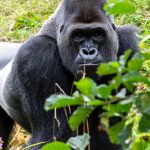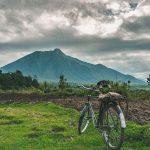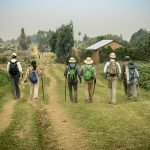Who is eligible for gorilla trekking in Rwanda; Rwanda, often referred to as the “Land of a Thousand Hills,” is not only renowned for its breathtaking landscapes but also for its commitment to wildlife conservation. One of the most captivating and sought-after experiences in Rwanda is gorilla trekking, which provides a rare opportunity to encounter endangered mountain gorillas in their natural habitat. While the allure of this adventure is undeniable, strict eligibility criteria are in place to ensure the safety of both visitors and the gorillas, as well as to contribute to ongoing conservation efforts.
What to consider for who is eligible for gorilla trekking in Rwanda
Eligibility Criteria:
Gorilla trekking is a physically demanding activity that takes place in the dense, mountainous rainforests of Volcanoes National Park. As such, certain eligibility criteria have been established to ensure the well-being of both participants and the gorillas.
Age and physical fitness
Participants must be at least 15 years old to embark on a gorilla trek in Rwanda. This age restriction is in place to ensure that trekkers possess the physical stamina necessary to navigate challenging terrain and cope with the often-unpredictable conditions of the rainforest.
Individuals with pre-existing health conditions, such as heart problems or respiratory issues, may be advised against participating due to the strenuous nature of the trek.
Permit Requirements:
Gorilla trekking permits are a crucial component of the eligibility criteria. These permits are issued by the Rwanda Development Board (RDB) in limited numbers to regulate the number of visitors and minimize the impact on the gorilla communities.
Visitors must obtain a permit in advance, and it is advisable to do so well in advance due to the high demand for this extraordinary experience. Permits are not transferrable, and a specific date and gorilla group are assigned to each permit.
Health Screening:
Prior to the trek, all participants undergo a health screening to minimize the risk of transmitting diseases to the gorillas. This precaution is vital, given the susceptibility of gorillas to human illnesses.
In the event of illness on the day of the trek, individuals may be denied participation to safeguard the health of both the gorillas and fellow trekkers.
Trekking Guidelines:
Trekkers are expected to adhere to strict guidelines during the trek to minimize disturbance to the gorillas and their habitat. These guidelines include maintaining a safe distance, refraining from direct eye contact, and avoiding loud noises. The group size for each trek is limited to a small number of individuals, usually eight, to reduce the impact on the gorillas and enhance the quality of the experience for participants.
In conclusion, gorilla trekking in Rwanda is an extraordinary adventure that provides a unique opportunity to witness one of the world’s most endangered species in its natural habitat. However, this privilege comes with a responsibility to protect these magnificent creatures and their fragile ecosystems. The eligibility criteria, including age restrictions, permit requirements, health screenings, and adherence to trekking guidelines, are in place to ensure that this experience is not only memorable for participants but also sustainable for the conservation of mountain gorillas. As visitors embark on the journey into the heart of Rwanda’s rainforests, they become not only spectators but active contributors to the ongoing efforts to safeguard the future of these remarkable creatures.
